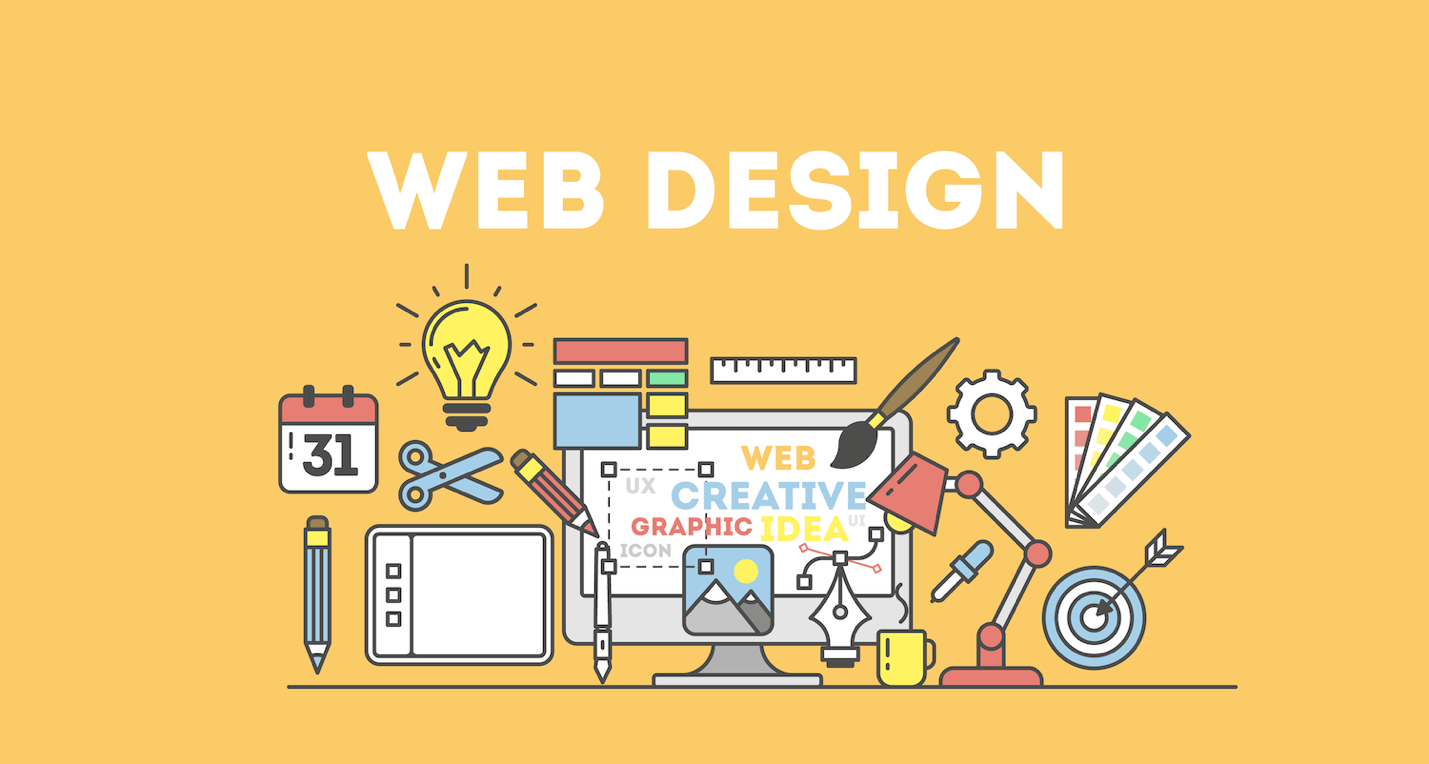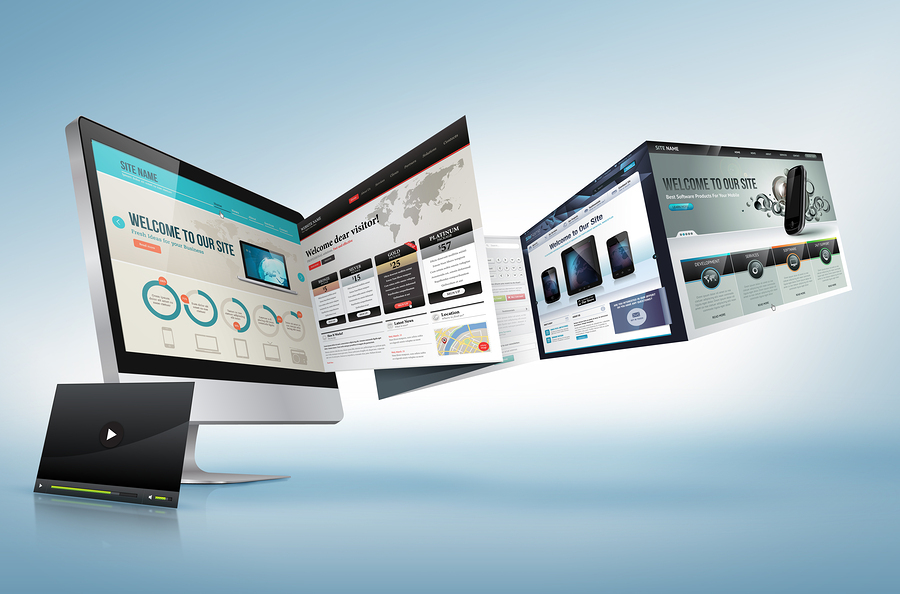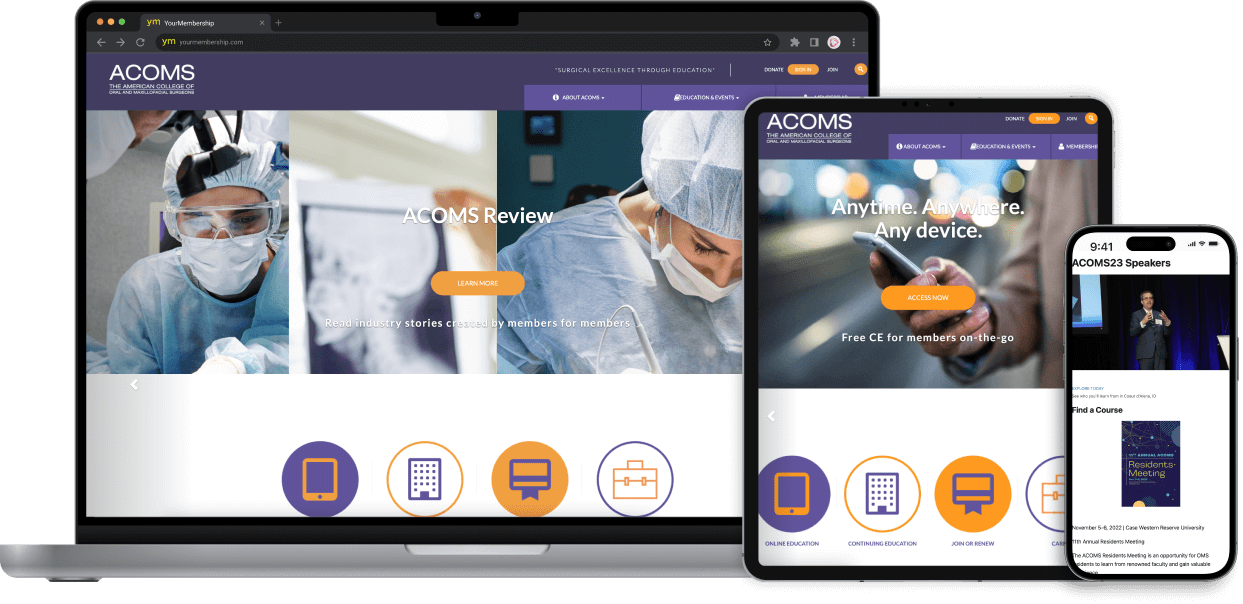Crucial Principles of Website Style: Producing User-Friendly Experiences
In the world of website style, the development of straightforward experiences is not merely a fundamental need yet an aesthetic quest. Crucial principles such as user-centered design, user-friendly navigating, and access work as the foundation of efficient electronic platforms. By concentrating on user requirements and preferences, designers can cultivate involvement and satisfaction, yet the implications of these principles prolong beyond plain performance. Comprehending exactly how they link can dramatically influence a site's total performance and success, motivating a closer evaluation of their private functions and cumulative impact on individual experience.

Relevance of User-Centered Design
Prioritizing user-centered layout is necessary for creating effective sites that satisfy the demands of their target market. This strategy places the user at the leading edge of the style process, making sure that the site not only operates well yet additionally resonates with customers on an individual degree. By understanding the customers' goals, choices, and habits, developers can craft experiences that promote engagement and complete satisfaction.

Moreover, embracing a user-centered design approach can result in improved accessibility and inclusivity, satisfying a varied target market. By considering various individual demographics, such as age, technological efficiency, and social backgrounds, designers can produce websites that are welcoming and practical for all.
Inevitably, focusing on user-centered design not just improves user experience however can also drive crucial company outcomes, such as increased conversion rates and customer commitment. In today's competitive electronic landscape, understanding and focusing on customer needs is a critical success element.
Intuitive Navigating Frameworks
Efficient site navigation is frequently a critical variable in boosting customer experience. User-friendly navigating frameworks make it possible for individuals to locate info swiftly and successfully, reducing aggravation and raising involvement. A well-organized navigation food selection need to be basic, logical, and constant across all web pages. This allows users to anticipate where they can locate certain web content, therefore advertising a seamless surfing experience.
To create intuitive navigation, designers should prioritize clarity. Tags should be detailed and familiar to individuals, preventing lingo or ambiguous terms. An ordered framework, with primary groups leading to subcategories, can further help customers in comprehending the connection in between different sections of the site.
Furthermore, including aesthetic hints such as breadcrumbs can assist customers via their navigating path, enabling them to conveniently backtrack if needed. The incorporation of a search bar additionally boosts navigability, approving users guide accessibility to web content without having to browse via multiple layers.
Flexible and responsive Layouts
In today's electronic landscape, making certain that sites operate perfectly across numerous gadgets is vital for individual satisfaction - Website Design. Receptive and adaptive formats are two essential approaches that allow this functionality, satisfying the varied variety of screen dimensions and resolutions that users might come across
Receptive layouts use liquid grids and adaptable pictures, enabling the internet site to instantly adjust its components based upon the screen measurements. This strategy offers a regular experience, where material reflows dynamically to fit the viewport, which is particularly useful for mobile customers. By using CSS media queries, designers can develop breakpoints that enhance the design for different gadgets without the need for different styles.
Flexible designs, on the various other hand, use predefined designs for specific display dimensions. When a user accesses the site, the server detects the gadget and offers the proper design, ensuring a maximized experience for differing resolutions. This can cause much faster filling times and boosted performance, as each format is customized to the device's capabilities.
Both flexible and responsive layouts are vital for improving user interaction and complete satisfaction, ultimately contributing to the internet site's general effectiveness in satisfying its purposes.
Consistent Visual Power Structure
Establishing a constant aesthetic pecking order is essential for assisting customers via a site's material. This concept makes certain that info exists in a manner that is both intuitive and appealing, enabling customers to easily understand the material and navigate. A well-defined pecking order utilizes various design components, such as dimension, color, contrast, and spacing, to produce a clear difference between different types of material.

Moreover, consistent application of these aesthetic hints throughout the web site fosters familiarity and depend on. Customers can swiftly discover to recognize patterns, making their communications much more useful source efficient. Eventually, a strong aesthetic pecking order not only improves individual experience yet additionally improves overall site usability, encouraging deeper interaction and facilitating the preferred activities on a web site.
Ease Of Access for All Customers
Ease of access for all individuals is a fundamental element of internet site layout that guarantees every person, despite their abilities or handicaps, can involve with and take advantage of on the internet material. Designing with access in mind involves carrying out techniques that fit varied customer requirements, such as those with aesthetic, auditory, motor, or cognitive disabilities.
One essential standard is to follow the Internet Material Accessibility Guidelines (WCAG), which offer a framework for producing easily accessible electronic experiences. This consists of utilizing adequate color contrast, offering message choices for photos, and making certain that navigating is keyboard-friendly. Additionally, using responsive style methods ensures that internet sites function successfully across numerous devices and screen dimensions, even more improving availability.
An additional essential variable is using clear, concise language that avoids jargon, making content understandable for all individuals. Engaging customers with assistive innovations, such as screen readers, calls for mindful focus to HTML semiotics and ARIA (Accessible Rich Net Applications) functions.
Eventually, prioritizing availability not just meets lawful commitments however additionally increases the target market reach, promoting inclusivity and enhancing customer contentment. A dedication to accessibility reflects a dedication to creating equitable digital settings for all users.
Conclusion
In conclusion, the crucial principles of web site style-- user-centered layout, intuitive navigation, responsive formats, consistent visual pecking order, and ease of access-- collectively contribute to the creation of user-friendly experiences. Website Design. By focusing on customer demands and ensuring that all individuals can efficiently engage with the website, developers enhance use and foster inclusivity. These concepts not just enhance individual complete satisfaction yet also drive favorable company end results, ultimately showing the critical importance of thoughtful website style in today's digital landscape
These techniques offer important insights right into user assumptions and discomfort points, making it possible for developers to tailor the web site's attributes and content accordingly.Effective website navigation is frequently a critical factor in boosting individual experience.Establishing a constant aesthetic hierarchy is essential for assisting customers via a web sites site's web content. Eventually, a solid visual hierarchy not only enhances customer experience but additionally enhances overall site functionality, encouraging deeper interaction and assisting in the desired activities on a web site.
These concepts not just improve customer fulfillment however also drive favorable company end results, eventually showing the critical value of straight from the source thoughtful website style in today's digital landscape.